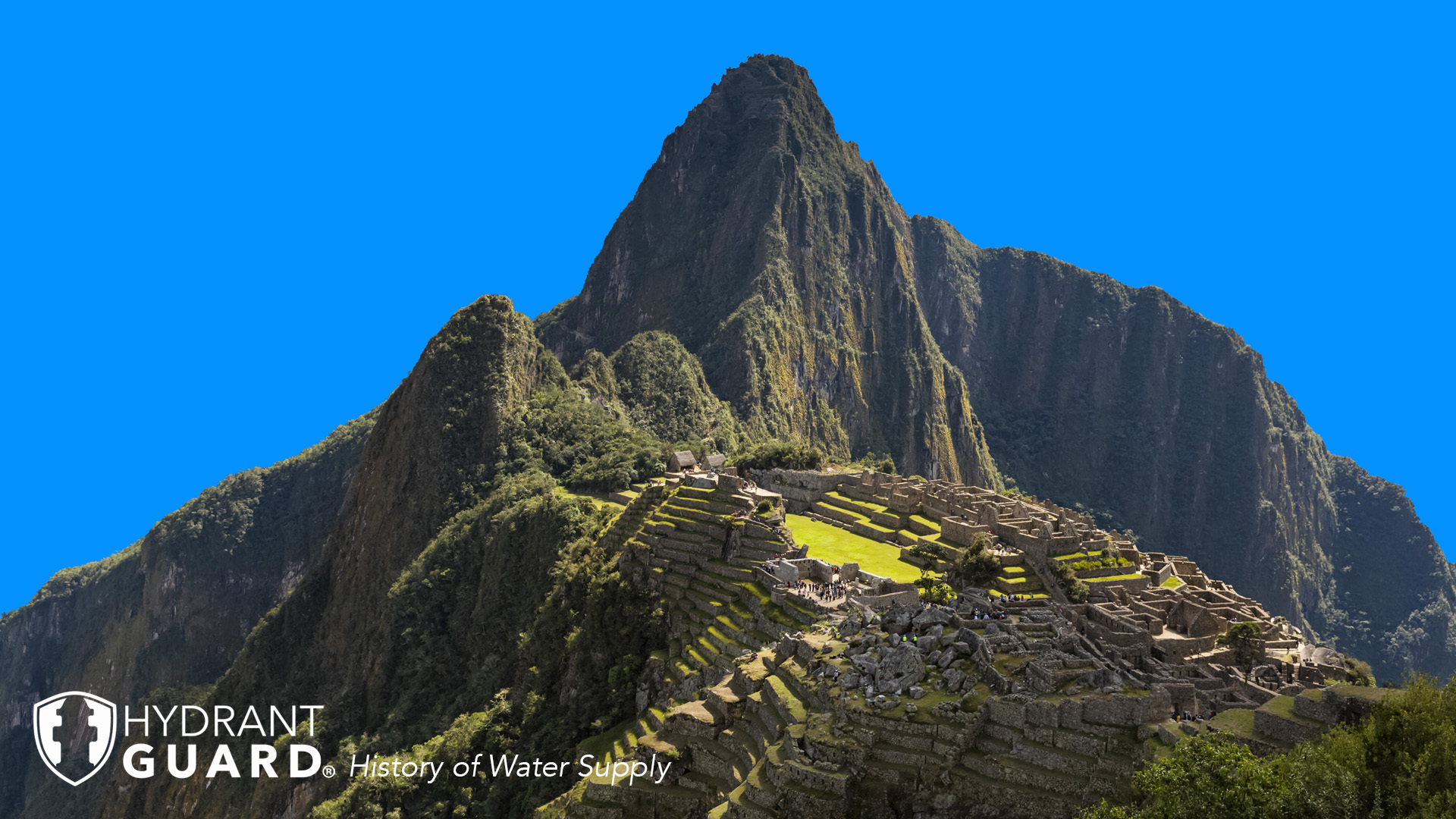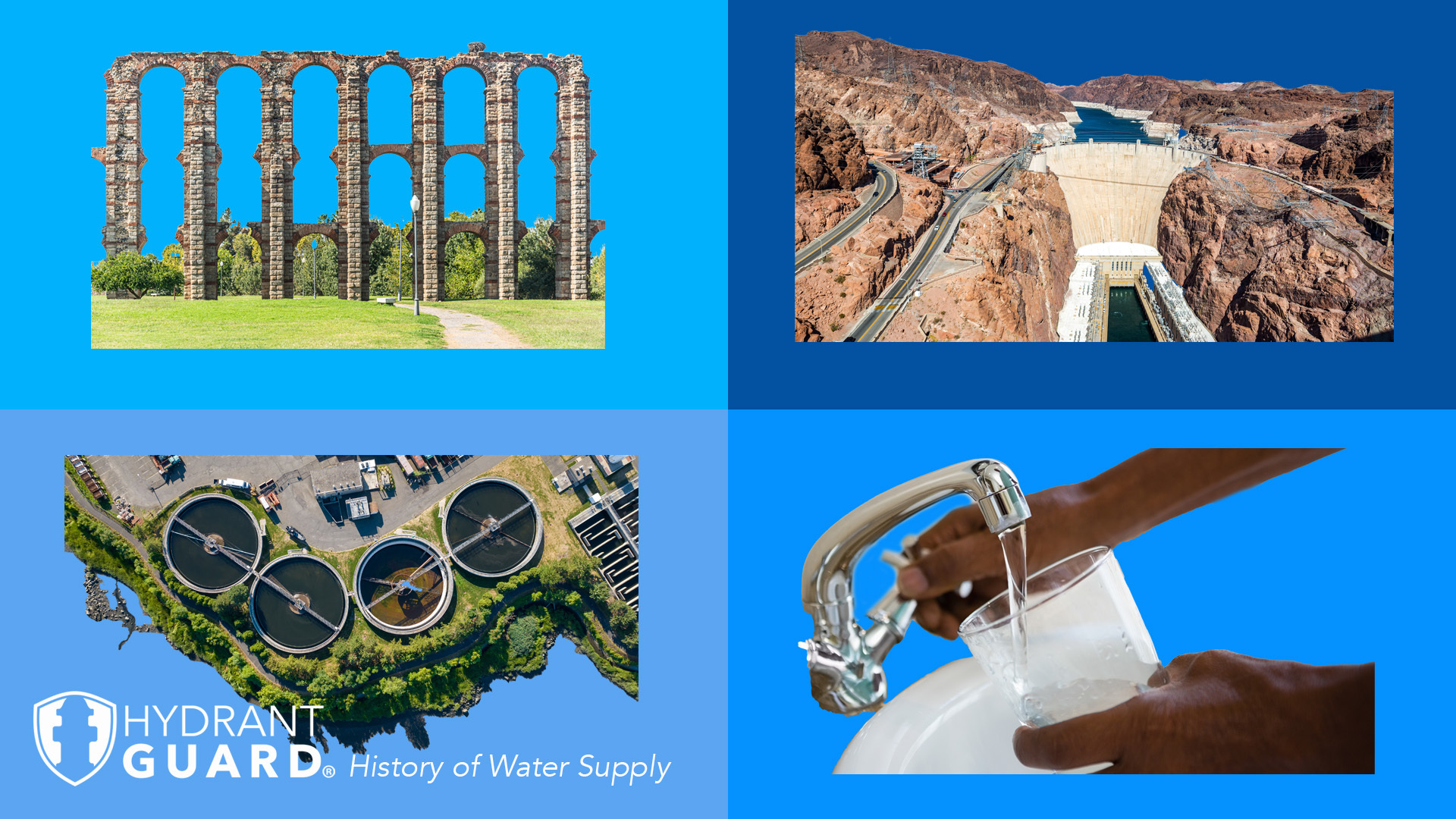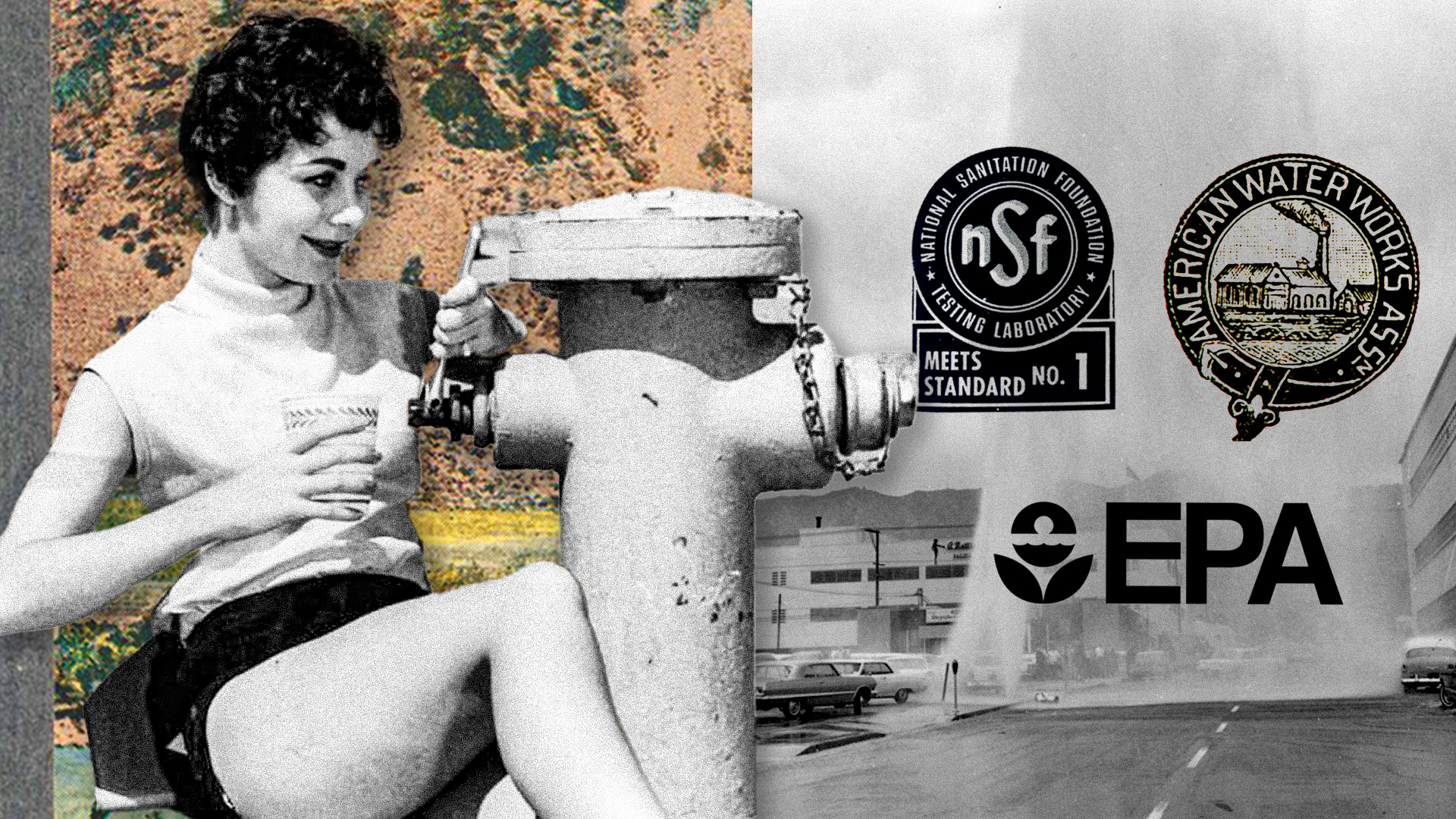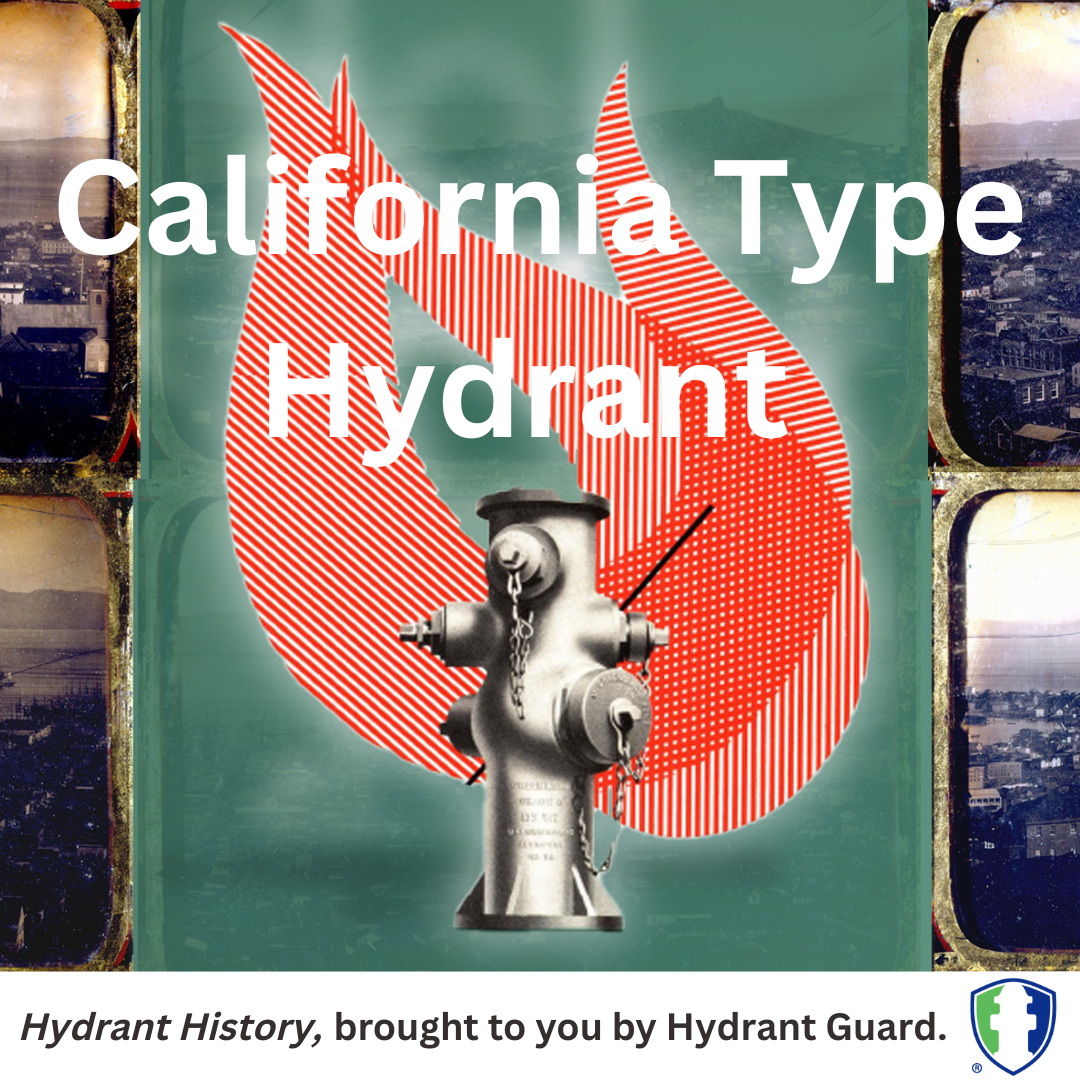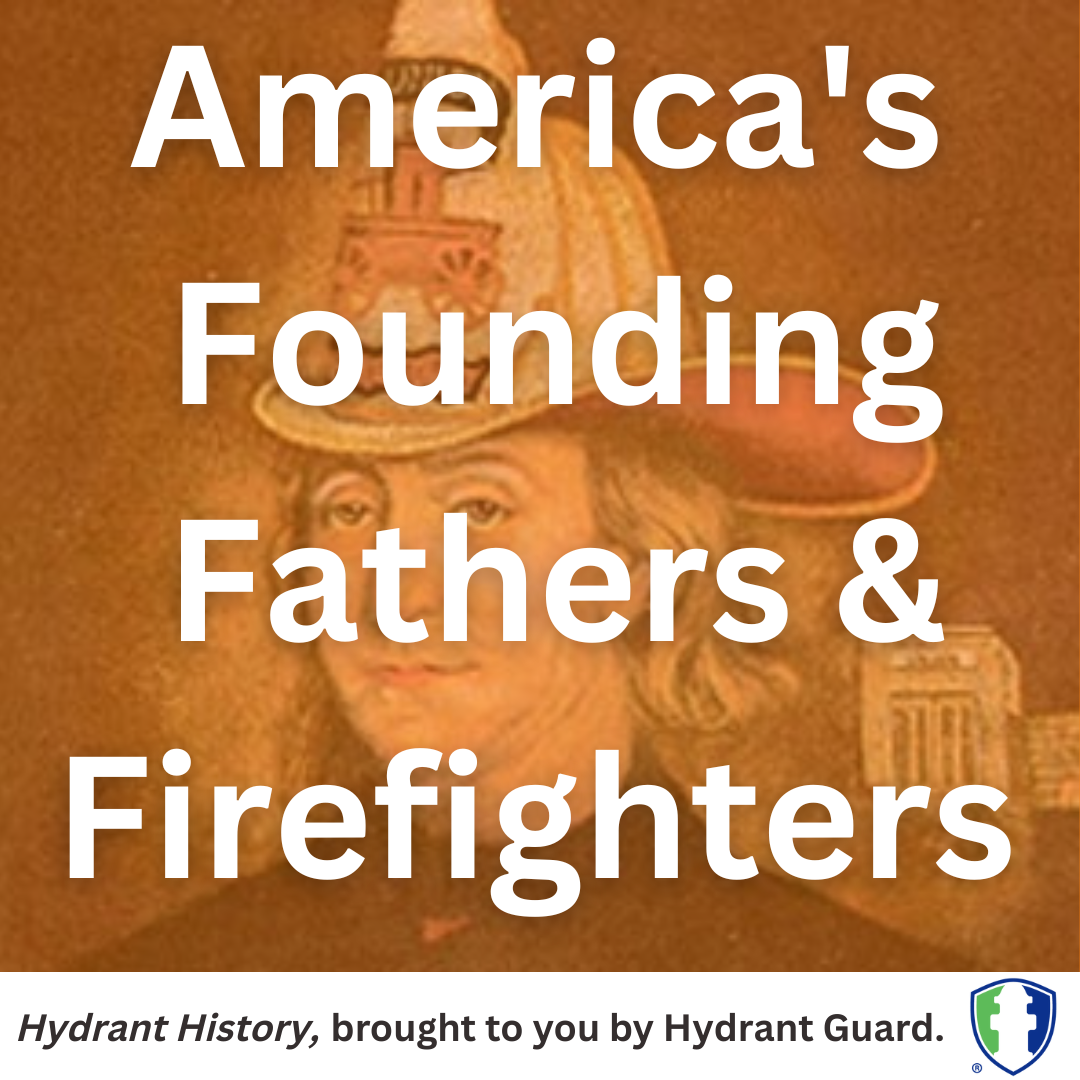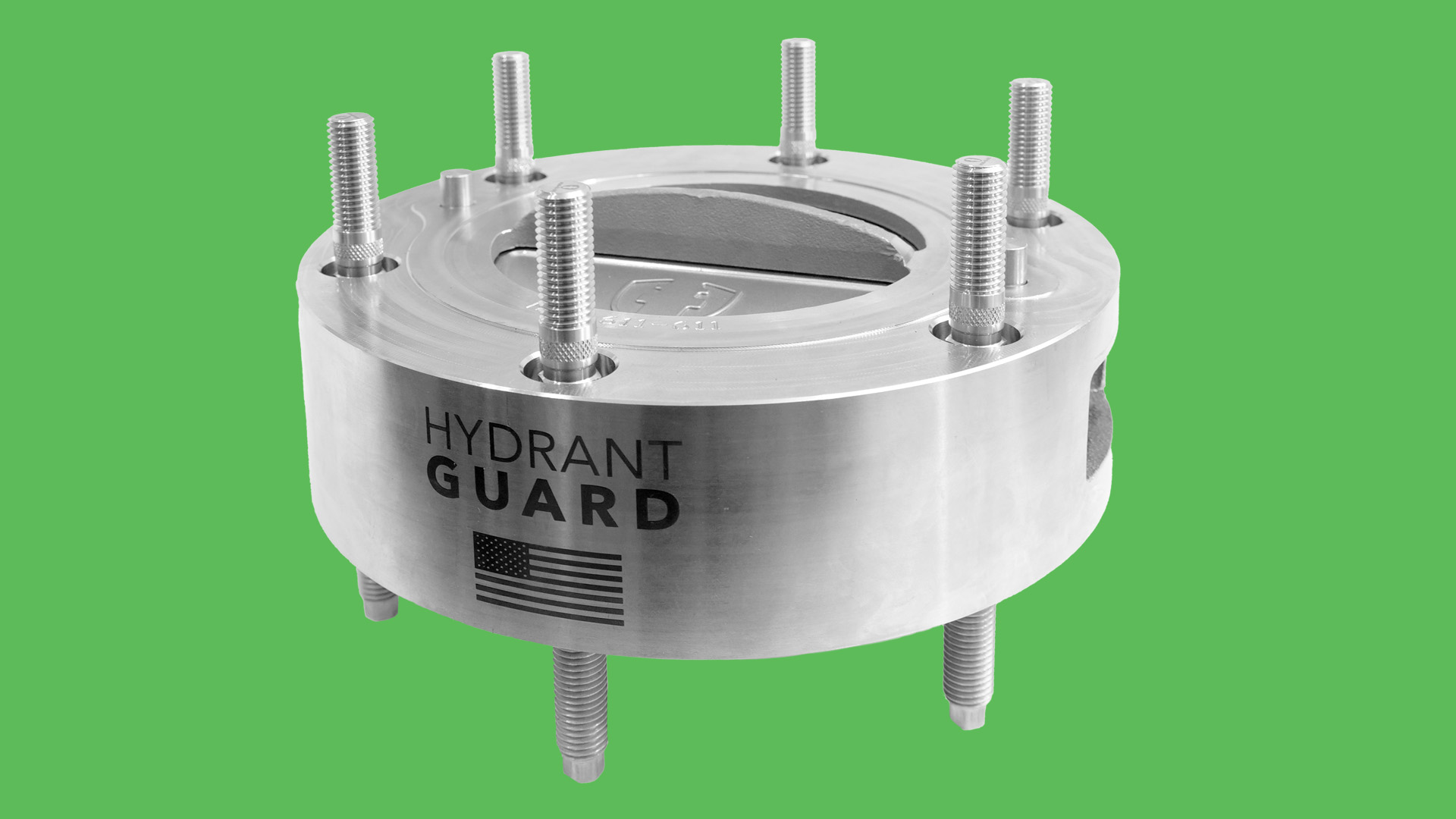Rome: The City that Set the Thousand-Year Water Supply Standard
The site of Rome is said to have been chosen because it was the most favorable spot in the river Tiber. But the exploding population strained the river beyond its limits, prompting the Romans to constantly dig for new ideas to keep the city’s need for water satisfied.



